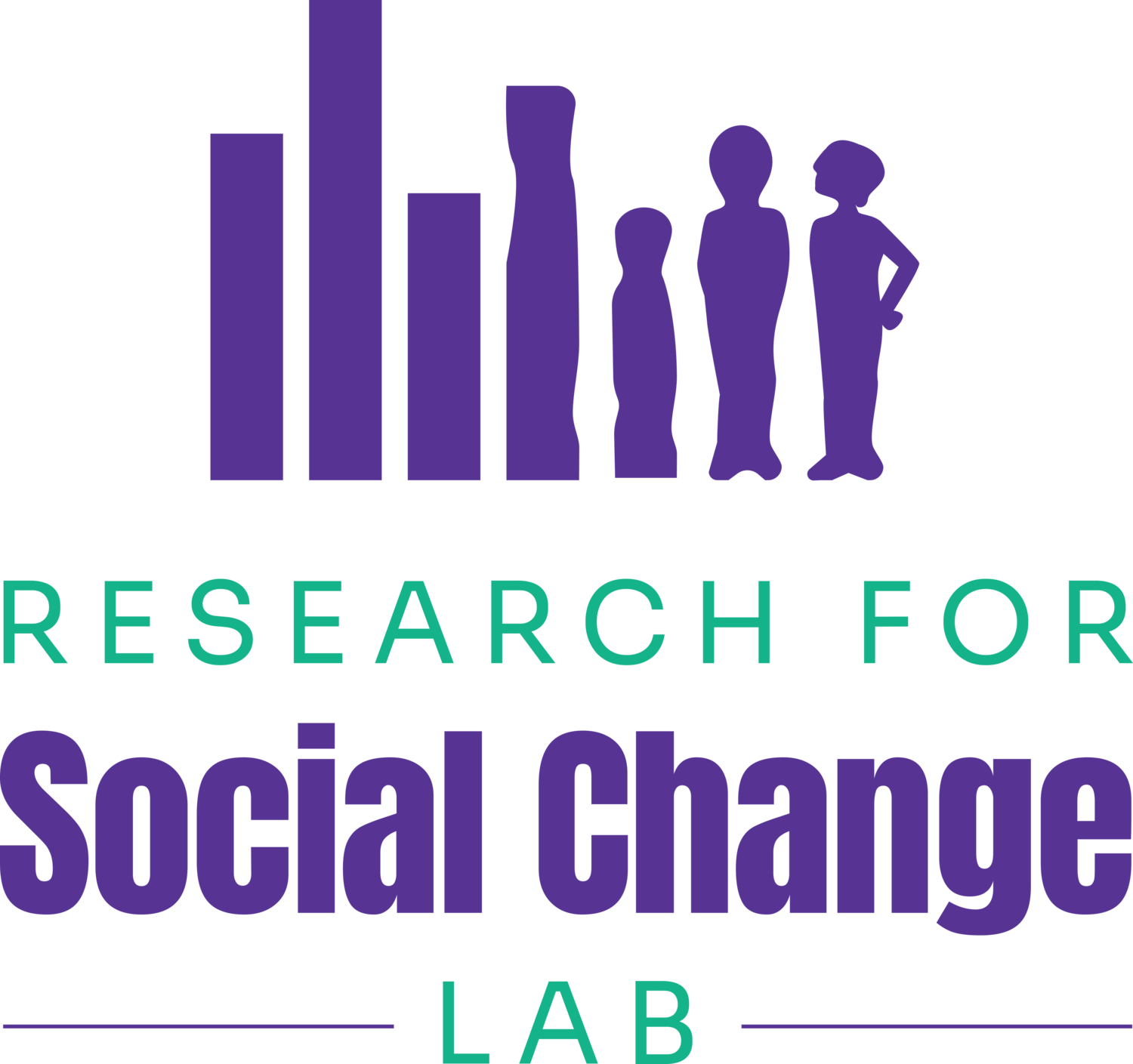Less than five percent of people on Peterborough’s By-Name List got housing through it in 2022
A new analysis of Peterborough’s By-Name List data by the Research for Social Change Lab reveals that less than 5 percent of people on the list in 2022 received an offer of housing through it. The data was provided by the City of Peterborough, and you can read our lab’s analysis in our new fact sheet.
Click here to read our fact sheet about Peterborough’s By-Name List.
“The By-Name List is a dead end for the vast majority of people who put their name on it seeking housing,” said Naomi Nichols, the lab’s director. “I can understand why some people experiencing homelessness don’t bother to engage with the list or the wider Coordinated Access system that the list is a part of.”
Peterborough’s By-Name List is intended to be a comprehensive, up-to-date list of people who are experiencing homelessness locally. In addition to maintaining the list, the City and its community partners set aside a dedicated stock of housing resources for people on the list. When one of these resources becomes available, the By-Name List is consulted to determine who gets the resource, a process known as “matching.”
The By-Name List and the matching process form the backbone of Coordinated Access, the federally-mandated model for addressing homelessness that has been in place in Peterborough since 2019.
According to data provided by the City, a total of 1,008 individuals were on the By-Name List at one time or another over the course of 2022. Of those 1,008 individuals, 47 were offered housing resources through the list, which amounts to a little less than five percent.
But this doesn’t mean only those 47 found housing in 2022. According to the City’s data, there were 311 individuals on the list who shifted into housing in 2022. That means most people on the list who found housing did so by some other means than the By-Name List. They happened to be on the list when they found housing, but they didn’t find housing because they were on the list.
What does all this mean?
Very few homeless people are housed through Peterborough’s By-Name List. Most individuals who shift from homelessness to housing do so through some other means.
The time, effort, and money expended on adding people to the list, completing in-depth assessments with them, keeping people’s records up-to-date, prioritising people for housing resources, and referring/matching them to those resources is resulting in relatively few people being housed.
“Most people who find housing after experiencing homelessness in Peterborough do so without going through the Coordinated Access system” said Nichols. “This calls into question the efficacy of the federal government’s significant investments into this particular model for addressing homelessness.”
What else did we learn?
Peterborough’s By-Name List data also sheds light on who is experiencing homelessness in Peterborough, and who is likely to shift into housing.
For example, the data revealed that individuals on ODSP were more likely to shift from homelessness to housing in 2022 than individuals who receive OW payments. While ODSP recipients made up 23% of people on the By-Name List, they represented 29% of all shifts into housing. This finding makes intuitive sense, because the shelter allowance for ODSP is almost twice as large as the shelter allowance for OW, making it easier to afford housing.
The By-Name List data also reflects the overrepresentation of Indigenous people experiencing homelessness in Peterborough. Indigenous people made up 19% of individuals on the By-Name List in 2022, despite making up about 4% of the general population in Peterborough.
To read our full fact sheet on the By-Name List data, click here. To learn more about our wider investigation of Peterborough’s Coordinated Access system, click here.





